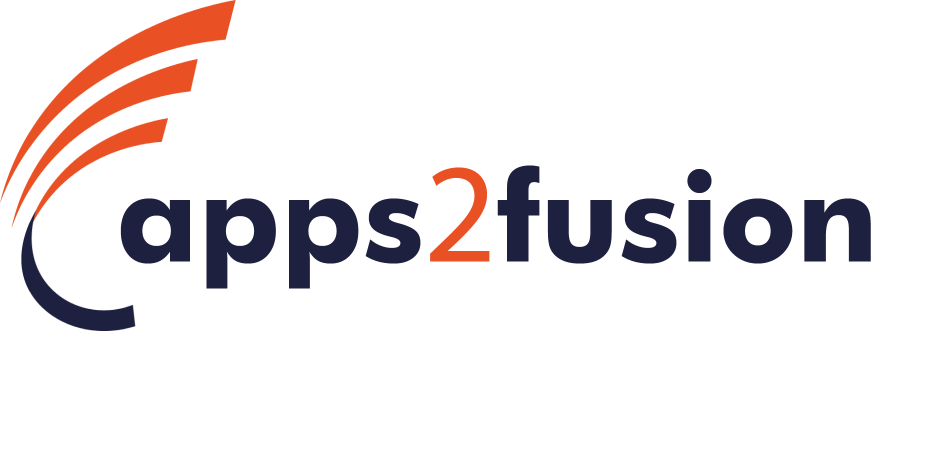Forum Discussions
I am working on an OBIA project and have gone through the OBIA training, but i cannot find anything on how to use the Universal Adaptor in ODI to create mappings from a DB2 OLTP to OBIA.
can you please let me know where the Video is or any training materials?
Nitin
Hi Nitin!
You can follow these steps:
- Set up your ODI Project:
- Create a new ODI project if you don't have one already, or use an existing project.
- Configure your ODI Topology to define the connections to your DB2 OLTP source and Oracle Database target. Make sure you have the necessary JDBC data stores and technologies set up.
- Create a Datastore for the DB2 Source:
- In your ODI project, define a datastore that represents the DB2 OLTP source. This datastore should use the DB2 technology.
- Create a Datastore for the Oracle Target:
- Define a datastore that represents the Oracle Database target. This datastore should use the Oracle technology.
- Create a Mapping:
- Create a new mapping in your ODI project to define how data will flow from the DB2 source to the Oracle target.
- Define the Source and Target Datastores:
- In the mapping, specify the source datastore (DB2 OLTP) and the target datastore (Oracle Database).
- Define the Transformation Logic:
- Use ODI's mapping designer to define the transformation logic required to convert data from the source to the target format. You can use various transformations, joins, filters, and expressions as needed.
- Configure Knowledge Modules:
- Choose the Universal Knowledge Modules (UKMs) that are appropriate for your source and target databases. You may need to select different UKMs for the source and target, depending on the specific operations you want to perform.
- Customize the Knowledge Modules:
- Customize the selected UKMs to match the specific requirements of your ETL process. This might include configuring options such as loading strategies, error handling, and SQL generation.
- Execute the Mapping:
- Execute the mapping to perform the data extraction, transformation, and loading process from the DB2 source to the Oracle target.
- Monitor and Validate:
- Monitor the execution of the mapping, check for any errors or issues, and validate that data is transferred accurately from the DB2 source to the Oracle target.
- Schedule and Automate:
- To make the ETL process more efficient, consider scheduling and automating the execution of the mapping using ODI's scheduling and automation features.
This is standard documentation published by Oracle for creating and using mappings in ODI 12c: https://docs.oracle.com/middleware/12212/odi/develop/mappings.htm#ODIDG1560
This chapter describes how to create and use mappings.
Thanks and Regards!
Apps2fusion Team
Hello,
Hope you are doing great!
We hope we were able to help you out with this query and all your questions were cleared, If you have anything to add on, Our team will surely help you out with it.
For now, with your consent, we can close this query.
Thanks & Regards


